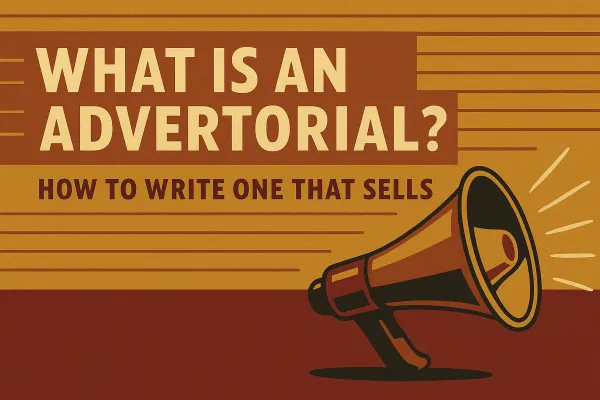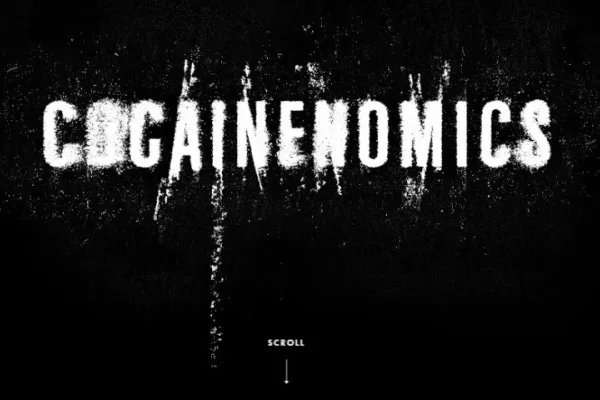What Is YMAL in Native Advertising?
“You Might Also Like” (often abbreviated as YMAL) is a type of native content recommendation unit designed to keep users engaged by suggesting additional content that aligns with their interests. These units are typically placed at the end of an article, within an article body, or as part of a content feed. YMAL can include a mix of organic editorial content and sponsored native ads, creating a blend that feels like a natural continuation of the browsing experience.
Examples of YMAL in Native Advertising
A reader finishes an article about digital nomad life and is presented with a YMAL widget featuring both editorial stories and sponsored content from a travel gear brand.
After reading a guide on personal finance, the user sees a YMAL block suggesting similar articles and a native ad promoting an investment app.
On a news site, a native ad for a streaming service is served in a YMAL section alongside recommended entertainment news articles.
Key Points about YMAL
Increases User Engagement: YMAL encourages users to explore more content, increasing session duration and lowering bounce rates.
Supports Content Discovery: Helps users find content they might have missed or weren’t actively searching for.
Blends Organic and Sponsored Content: Native ads placed within YMAL units can feel like editorial suggestions, improving user acceptance and interaction.
Drives Traffic to Sponsored Stories: A major distribution tool for native campaigns looking to boost clicks on branded content.
Monetization Strategy: Publishers often use YMAL units to monetize page real estate through partner content and programmatic native ads.
YMAL Best Practices
Blend Sponsored with Organic: Maintain editorial integrity by balancing paid and unpaid recommendations. Too many sponsored links can lead to user skepticism.
Optimize Visuals and Copy: Strong headlines, compelling images, and clear relevance significantly improve click-through rates.
Use Personalization: When possible, serve dynamic YMAL content based on user behavior or reading history.
Update and Refresh Content: Rotate links frequently to prevent content fatigue and ensure continued user interest.
Responsive Design: Ensure YMAL units are optimized for mobile and adjust gracefully across devices.
Considerations
Clear Disclosure: Always label sponsored content within YMAL units with tags such as “Sponsored,” “Promoted,” or “Partner Content” to comply with advertising regulations and maintain transparency.
Content Relevance: Irrelevant or low-quality content can damage user trust and reduce engagement — use contextual or behavioral targeting where possible.
Ad Density Rules: Be mindful of platform and regulatory guidelines regarding the number of ad placements per page, especially in YMAL sections.
User Experience: Overloading YMAL with ads can turn a helpful tool into an intrusive one. Strike a balance between monetization and user experience.


